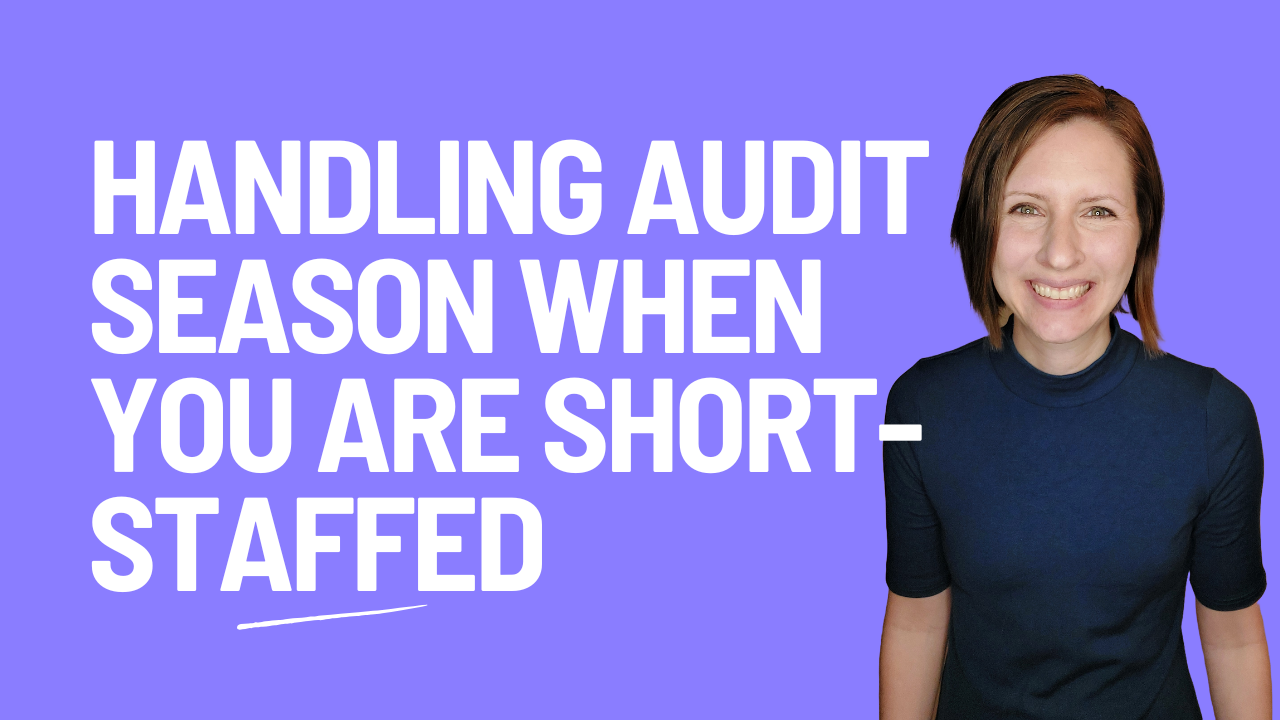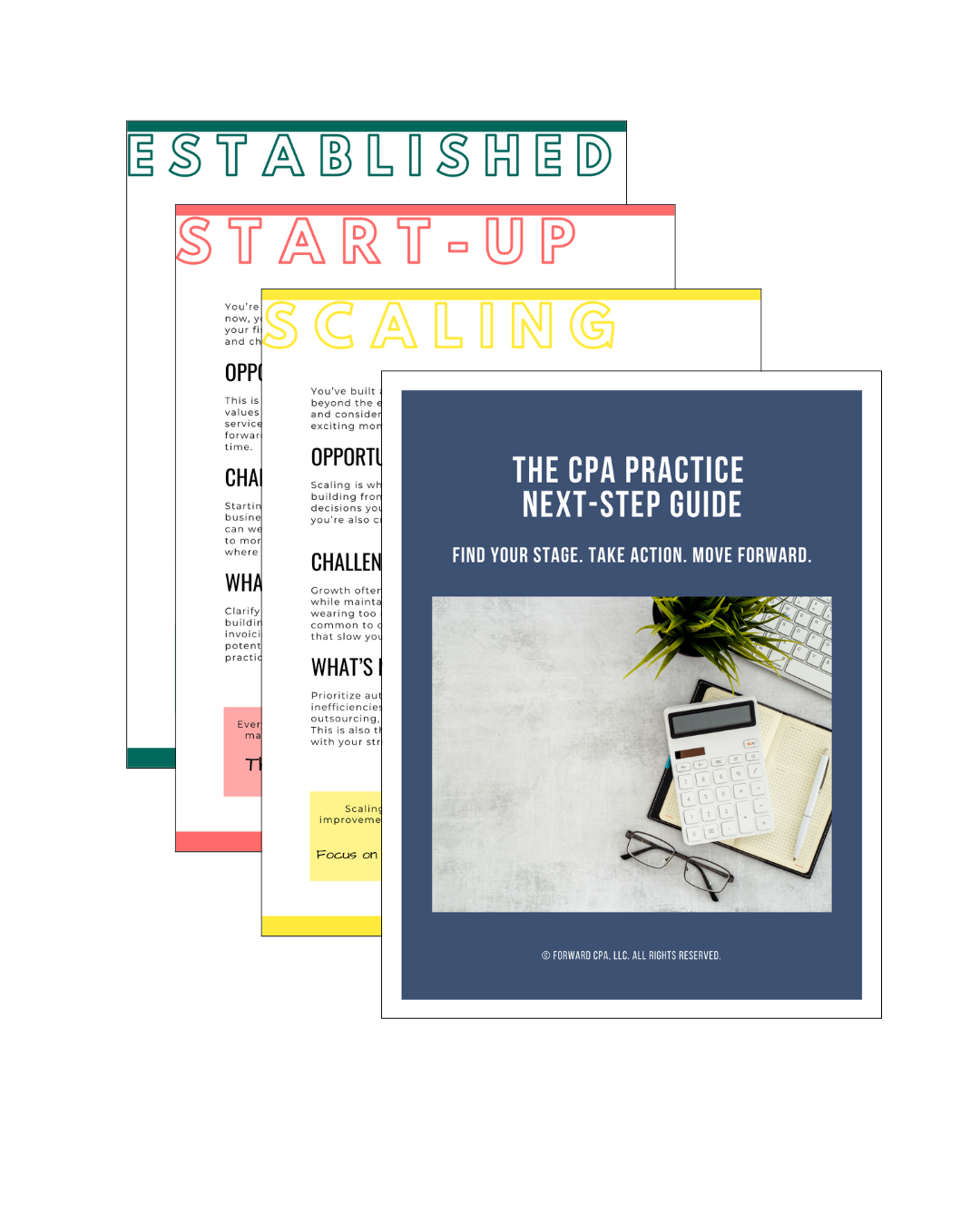How to Host a Productive Pre-Audit Planning Meeting
Oct 15, 2025
Audit season goes a lot smoother when both sides start on the same page.
But in many cases, the audit kicks off with little more than a document request and a vague timeline—leading to confusion, delays, and last-minute scrambles.
That’s where the pre-audit planning meeting comes in.
A 30–60 minute meeting before fieldwork begins can save days of wasted time later.
It sets expectations, clarifies timelines, and builds trust—whether you’re the auditor or the client.
Here’s how to host a pre-audit planning meeting that actually makes the audit smoother for everyone involved.
1. Schedule It Before Fieldwork Begins
Don’t wait until your auditor is already onsite—or until you’re already in crunch mode.
The best time to hold the pre-audit planning meeting is:
-
After the fiscal year closes
-
Once the trial balance is nearly final
-
Before the auditor starts testing
Schedule the meeting early so you have time to prepare, clarify expectations, and fix any issues before fieldwork.
2. Invite the Right People
Keep the group small, but make sure key decision-makers and preparers are involved.
✅ Who should attend:
-
Finance director or business manager
-
Auditor’s engagement lead or partner
-
Audit staff assigned to the job (or senior associate)
-
Anyone responsible for key schedules (e.g., payroll, federal programs, capital assets)
This ensures that questions are answered in real time—and that responsibilities are clearly assigned.
3. Share a Pre-Meeting Agenda
Make the meeting productive by outlining what you’ll cover in advance. This helps both sides prepare and reduces surprises.
📋 Sample Agenda:
-
Timeline and key deadlines
-
PBC (Prepared by Client) request list walk-through
-
Trial balance and year-end close status
-
Major changes this year (staffing, grants, debt, etc.)
-
Audit scope (including single audit, if applicable)
-
Communication expectations during fieldwork
-
Any questions or known concerns
You can customize the agenda based on your audit’s size and complexity.
4. Highlight What’s New or Unusual
Auditors need to understand what changed from the prior year so they can adjust their risk assessment.
✅ Talk through:
-
New funding sources or grants
-
Significant budget variances
-
Changes to accounting software
-
New debt, leases, or capital projects
-
Turnover in finance staff or control roles
-
Any anticipated audit findings or clean-up issues
Flagging these items early saves everyone time during testing.
5. Clarify the PBC List and Due Dates
Don’t just email a list—walk through it together.
Explain what’s needed, when it’s needed, and how to submit it (shared drive, email, audit portal, etc.).
✅ Pro Tips:
-
Use a checklist organized by audit area
-
Assign internal deadlines for your team
-
Confirm file naming conventions
-
Note items that won’t be available yet—and why
Getting on the same page early reduces back-and-forth later.
6. Set Expectations for Communication and Review
Decide now how often you’ll check in during the audit, and what happens if something unexpected comes up.
✅ Cover:
-
Who reviews draft reports
-
Who handles auditor follow-ups
-
How management rep letters and adjusting entries will be approved
-
Whether board members or superintendents need to be looped in
Strong communication = fewer surprises at the end.
7. Document the Meeting and Share Takeaways
After the meeting, send a brief summary email with:
-
Key dates and deadlines
-
Assigned responsibilities
-
Any open questions or action items
This becomes your go-to reference during audit season—and keeps everyone accountable.
A 1-Hour Meeting Can Save 10+ Hours Later
A strong pre-audit planning meeting isn’t just good practice—it’s a smart strategy.
It lays the groundwork for a smoother, faster, less stressful audit.
✅ It builds trust between the auditor and client
✅ It prevents rework and misunderstandings
✅ It keeps the audit on time—and on budget
So don’t skip the meeting.
Use it to get ahead—before the audit even begins.
Your Next Step Forward
Join the newsletter designed to help CPAs take the next best step in building a practice they love, with practical insights, game-changing tools, and quick wins in every email.
We hate SPAM. We will never sell your information, for any reason.




